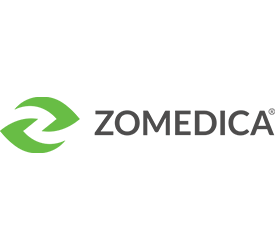Introduction
Veterinary clinicians routinely encounter and are expected to manage various endocrinopathies in their canine and feline patients. Most commonly, these conditions include canine hypothyroidism, canine hypercortisolism (Cushing’s syndrome), canine hypoadrenocorticism (Addison’s disease), and feline hyperthyroidism (FHT). Canine and feline diabetes mellitus is not discussed in these guidelines but is addressed in previously published guidelines.1 These endocrinopathies can be overt or have minimal clinical impact, especially in early-stage disease. Diagnosis relies on a recognition of clinical signs or physical examination abnormalities, careful compilation of the patient’s history, interpretation of hormone concentration assays, and exclusion of comorbidities that can complicate an accurate diagnosis. Early intervention in endocrinopathy cases avoids the severe syndromes that can impact the patient’s quality of life and cause secondary organ damage and mortality. The guidelines are designed to provide practitioners with a practical, stepwise approach to the diagnosis and treatment of the four most common canine and feline endocrinopathies.
The guidelines introduce each endocrinopathy by providing a definition and clinical profile of the disease. In addition to the four principal diseases described in the guidelines, three less common feline endocrinopathies are also discussed: feline hyperaldosteronism, feline hypothyroidism, and feline hyperadrenocorticism. The guidelines are not intended to cover all endocrinopathies that affect dogs and cats, but to provide a foundation for accurate recognition and diagnosis and effective clinical management of the most common endocrine-related morbidities. Practitioners will benefit from consulting the abundant literature to gain additional clinical perspectives on each disease.
The guidelines discuss the four principal endocrinopathies using an innovative, categorical approach to diagnosis based on clinical presentation, as previously described in the 2016 AAFP Guidelines for the Management of Feline Hyperthyroidism.2 This approach evaluates the patient’s clinical presentation as determined by the attending veterinarian, combined with the patient’s medical history as reported by the client. The clinical presentation of each disease is summarized in a table, which also includes the next steps for diagnosis and treatment. Accompanying the table is a more detailed, referenced narrative specific to each disease. The table is a prescriptive, quick-reference tool, whereas the narrative provides useful contextual background for making informed clinical decisions.
The most successful veterinary practices recognize the importance of engaging the owner in the management of a pet’s health. The dialog with the client should involve the entire practice team. Accordingly, these guidelines also include a section on practice team and client considerations. When all those involved in the patient’s wellbeing are well informed and engaged, better adherence to treatment recommendations and improved case outcomes is expected.








